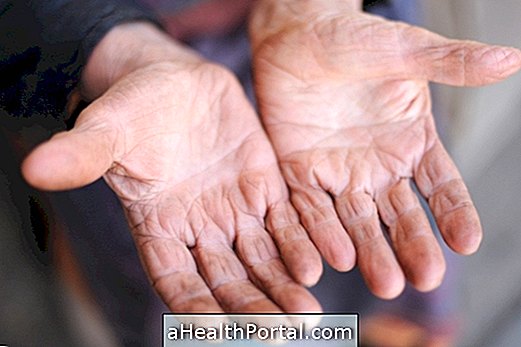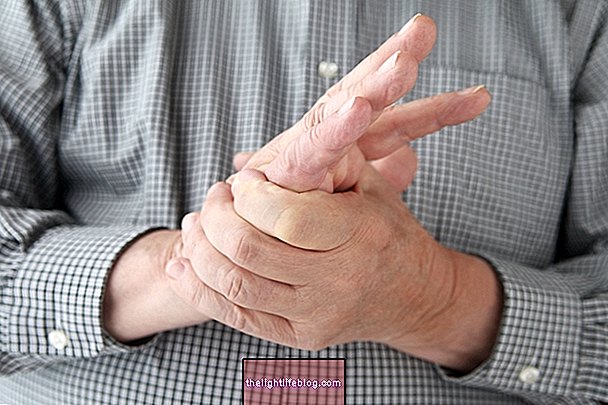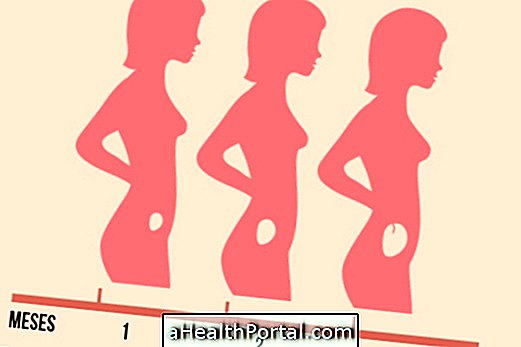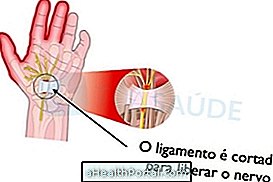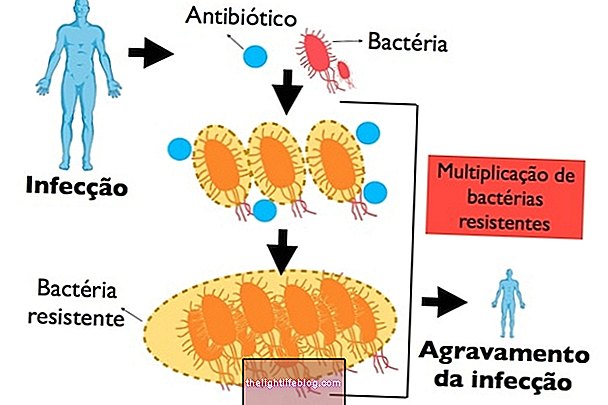Fibromyalgia is a very common chronic pain disorder that causes pain in various parts of the body that has no cure. Although a specific cause is not yet known, it is possible that fibromyalgia arises due to a genetic sensitivity or physical or psychological trauma, for example.
To relieve the symptoms of fibromyalgia, which in addition to pain throughout the body, can also include frequent tiredness, indisposition, sleep disorders and stiffness for more than 3 months, some treatment options are taking antidepressant medicines and painkillers indicated by the doctor, do physiotherapy and alternative therapies such as acupuncture.
Here are some tips that can help improve your quality of life:

Although there is no cure, treatment helps increase the quality of life, allowing you to walk and work without having such frequent bouts of pain. Fibromyalgia affects both men and women, but is more common in females between the ages of 30 and 55.
Treatment Options for Fibromyalgia
The treatment for fibromyalgia should be guided by the rheumatologist, physiotherapist and psychiatrist and usually includes:
1. Taking medicine for pain and depression
To relieve body pain, your doctor may recommend taking analgesics and anti-inflammatories like Tramadol. However, these medications are not always effective, so your doctor may prescribe antiparkinsonian medications such as Pramipexole and antidepressants such as Fluoxetine that also help decrease pain by acting on the central nervous system.
In addition, the psychiatrist may also recommend medications to reduce anxiety, depression and sleep problems such as Amitriptyline and Zolpidem and in some cases may also recommend pregabalin or gabapentin to relieve the tingling sensation.


2. Physiotherapy
To improve movement, physiotherapy should be done at least twice a week through therapeutic massages, stretching and relaxation exercises, as it helps reduce symptoms by promoting local analgesia and improving blood circulation.
3. Perform physical activity
Physical activity is also important, but follow the instructions of the doctor and the physical educator, in most cases performing exercises that help relieve pain and strengthen and stretch muscles, such as walking, swimming and water aerobics, doing about 3 to 5 times a week for 30 to 60 minutes.


5. Do acupuncture
Also natural treatments like acupuncture, which consists of the application of needles in specific points of the body to relieve pain, however still does not have a consensus on its usefulness and therapeutic action in the fibromialgia and, therefore, may have resulted in some patients and not others. Learn about other alternatives for the treatment of fibromyalgia.
5. Eat more magnesium, potassium and omega 3
In case you have fibromyalgia it is important to make a diet that includes foods with:
- Magnesium, such as avocado, artichoke and seeds: help relax muscles and improves circulation;
- Potassium, such as banana, apple, beet and peas: help prevent muscle weakness and cramps;
- Omega 3, such as sardines, salmon and chia seeds or nuts: have anti-inflammatory action and relieve symptoms of pain.
In addition, one can make a natural juice with cabbage and orange and take about 2 times a day as its properties help tone the muscles. Here's how to prepare this juice that helps treat fibromyalgia.
Symptoms of Fibromyalgia
The main symptoms of fibromyalgia include:
- Pain throughout the body, difficult to define what is hurting, but is more evident in the muscles;
- Sleep disturbances, waking up with the feeling that did not sleep;
- Frequent tiredness and drowsiness;
- Tingling sensation in hands and feet.
- Intestinal changes such as diarrhea and constipation;
- Anxiety and symptoms of depression;
- Hard muscles;
- Headache and dizziness;
- Change in attention, concentration, and memory loss.
Some patients report that the pain is so intense that they can not be hugged or caressed because the pain becomes unbearable and usually are more intense in the morning.
Main points of pain
The pain, despite being generalized, is stronger when one presses on some sites known as painful spots of fibromyalgia, as can be observed in the image.


Fibromyalgia usually affects muscles, tendons, and ligaments and therefore can impair the patient's quality of life, but this disease does not kill or cause deformities and, if the treatment is done correctly, it may not worsen over time, may even decrease clinical manifestations.
See a map with the main painful points of fibromyalgia.
What can cause seizures
The symptoms of fibromyalgia worsen causing seizures and the pain is more intense to the touch or when one does physical activity of exaggerated form.
In addition, stress, changes in weather and nights that are not well spent or a few hours of sleep lead to symptoms.
How is the diagnosis made?
The diagnosis of fibromyalgia should be made by the rheumatologist and is done by describing the signs and symptoms. It usually includes the presence of severe pain in 3 to 6 different areas of the body for 3 months or less severe pain in 7 or more different areas of the body also that lasts for at least 3 months.
In addition, your doctor may recommend tests to rule out diseases that have symptoms similar to fibromyalgia.
What Causes Fibromyalgia
The cause of fibromyalgia is not yet known, but it is known that the brain of these patients interprets the pain in a very intense way and, normally, the disease arises after situations like serious infection, accident or psychological trauma, for example.
Does fibromyalgia give right to retirement?
In some cases, fibromyalgia may give right to retirement, but it must be proven by the medical expert, through a skill scheduled in the INSS, and some specific requirements must be met.
In addition, the patient may also benefit from the sickness benefit during the time that he is unable to work because of the fibromyalgia crisis.



